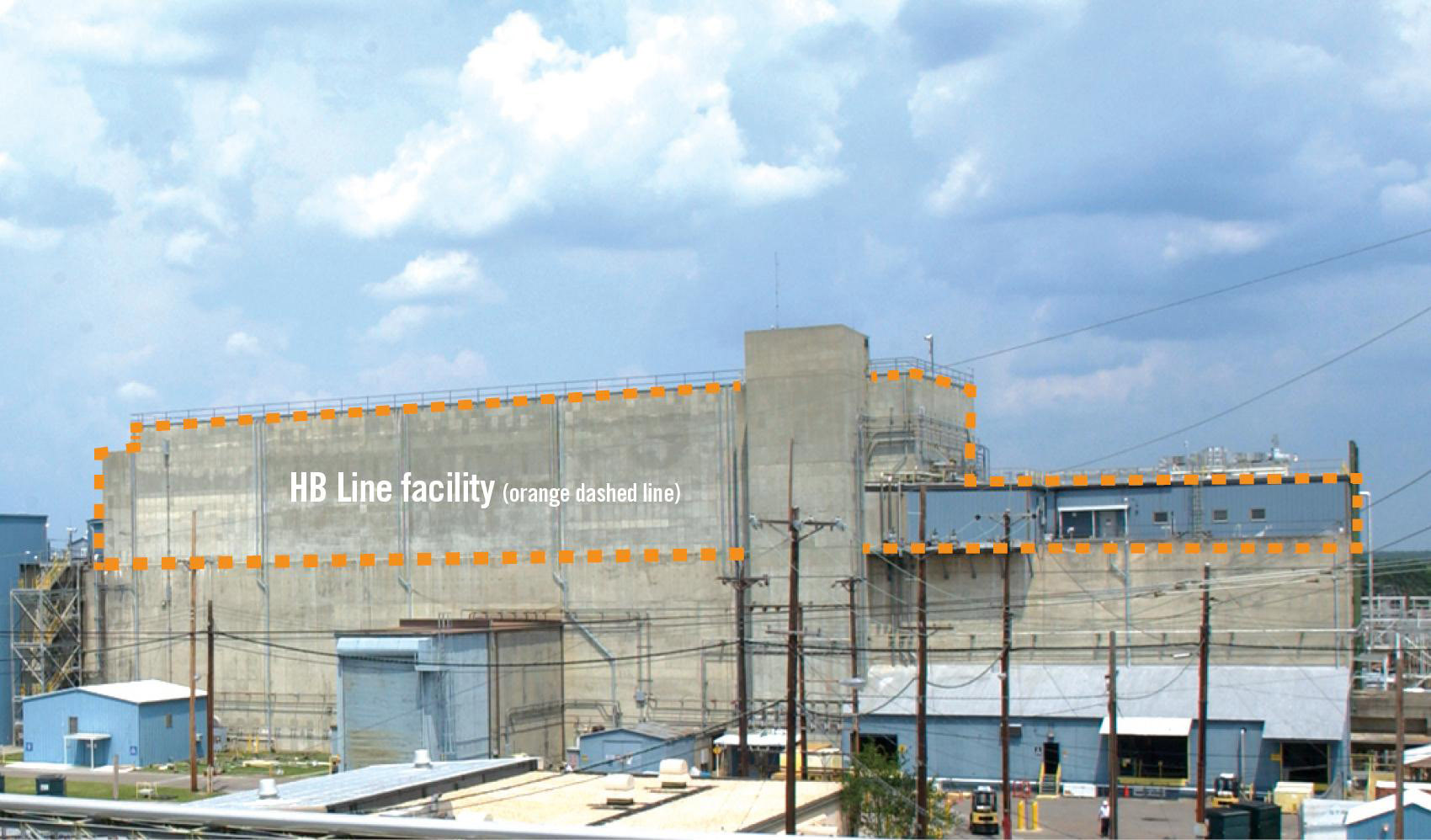Pacific Fusion plans to build its demonstration system in Fremont, Calif. (Photo: Pacific Fusion)
Inertial fusion energy (IFE) developer Pacific Fusion, based in Fremont, Calif., announced this morning that it is on target to achieve net facility gain—more fusion energy out than all energy stored in the system—with a demonstration system by 2030, and backs the claim with a technical paper published yesterday on arXiv: “Affordable, manageable, practical, and scalable (AMPS) high-yield and high-gain inertial fusion.”
Concept art of NANO Nuclear’s KRONOS MMR research reactor that UIUC plans to operate on its campus in Champaign, Ill. (Image: NANO Nuclear)
Plans to bring a university research reactor like no other to the campus of the University of Illinois at Urbana-Champaign (UIUC) were punctuated last fall by the news that Ultra Safe Nuclear, the developer of the gas-cooled reactor technology selected for the Illinois Microreactor Project, had declared bankruptcy.
A worker replaces the end jig used to collect fuel debris samples from the damaged Fukushima reactor. (Photo: TEPCO)
Tokyo Electric Power Company is scheduled this week to begin retrieving a second sample of nuclear fuel debris from Unit 2 of Japan’s damaged Fukushima Daiichi nuclear power plant. This second retrieval comes after TEPCO improved the telescopic device used to gather samples.
DPSC blocks undergo testing at Purdue University’s Bowen Laboratory. (Photo: Idaho National Laboratory)
Researchers at GE Hitachi Nuclear recently completed a successful test on potential new building blocks made of steel-concrete composite.
ANS President Lisa Marshall (second from left) attended the LAS/ANS Symposium in July 2024. (Photo: LAS/ANS)
The 50th anniversary of the founding of the Latin American Section of the American Nuclear Society is today: April 14, 2025! LAS/ANS was created with the goal of representing the interests of the nuclear professionals of Latin America.
Historic nuclear plant restart could happen in 2025.
Palisades nuclear power plant on Lake Michigan, at night. (Photo: Holtec)
Mike Mlynarek believes in this expression: “In the end it will be OK; and if it’s not OK, it’s not the end.”
As the site vice president at Palisades nuclear power plant in Covert Township, Mich., Mlynarek is overseeing one of the most exciting projects in the United States nuclear power industry. If all goes according to plan, Holtec’s Palisades plant will be splitting atoms once again by the end of 2025 and become the first U.S. nuclear facility to restart after being slated for decommissioning.
Industry's first lead test assemblies with U-235 enriched up to 6 percent were loaded into Vogtle-2. (Photo: Southern Nuclear)
Southern Nuclear recently loaded nuclear fuel with uranium-235 enriched up to 6 percent—higher than the usual 3–5 percent enrichment—into Vogtle-2 to test it through irradiation.
On track to be the first SMR constructed in North America
The Savannah River Site’s HB Line facility is located on top of the H Canyon chemical separations facility. (Photo: DOE)
The Department of Energy has announced that workers at its Savannah River Site in South Carolina recently removed legacy uranium materials from the site’s HB Line as part of an effort to clear the facility of its inventory of legacy nuclear materials. The removed legacy uranium was originally produced by the Y-12 National Security Complex at Oak Ridge, Tenn.



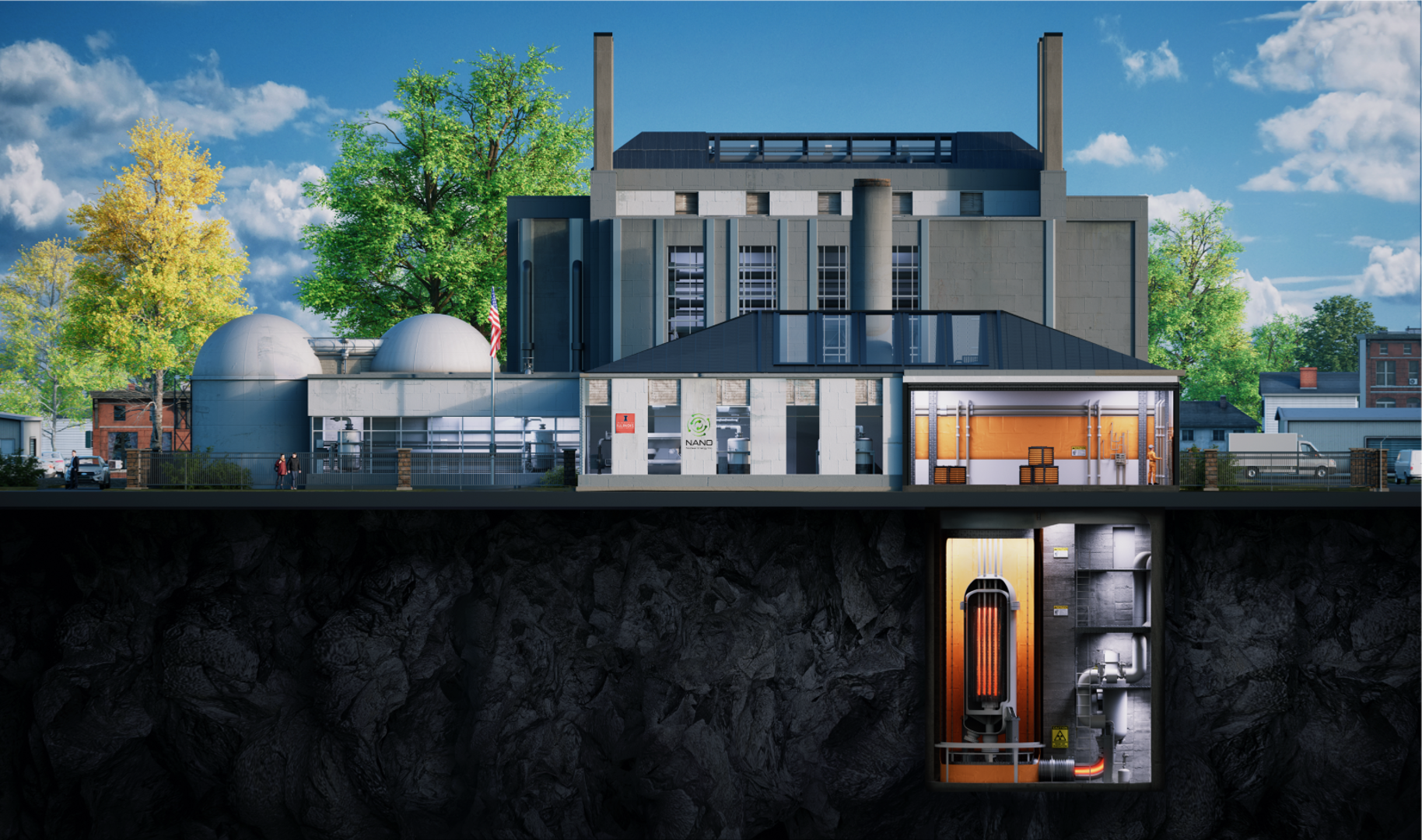



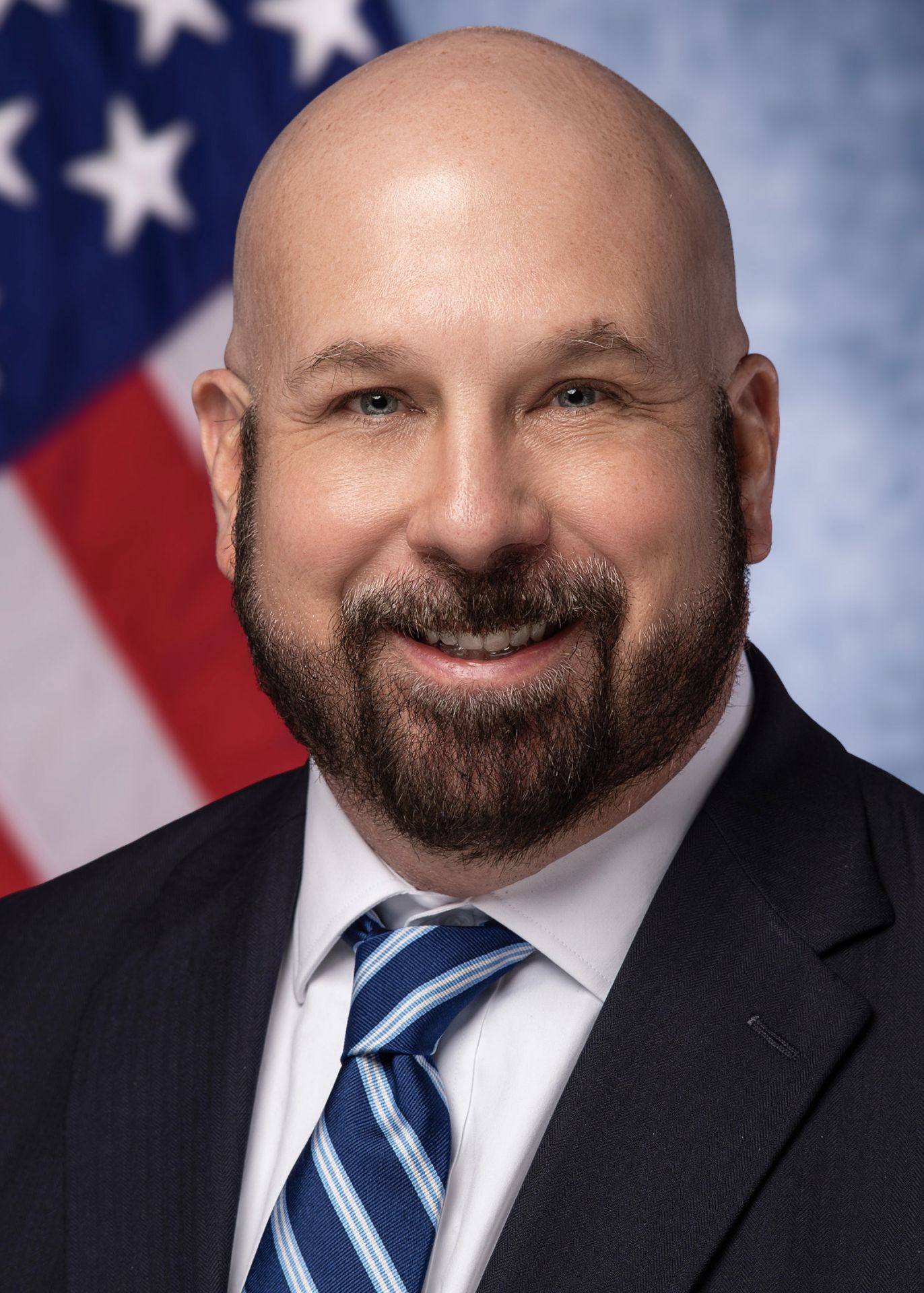
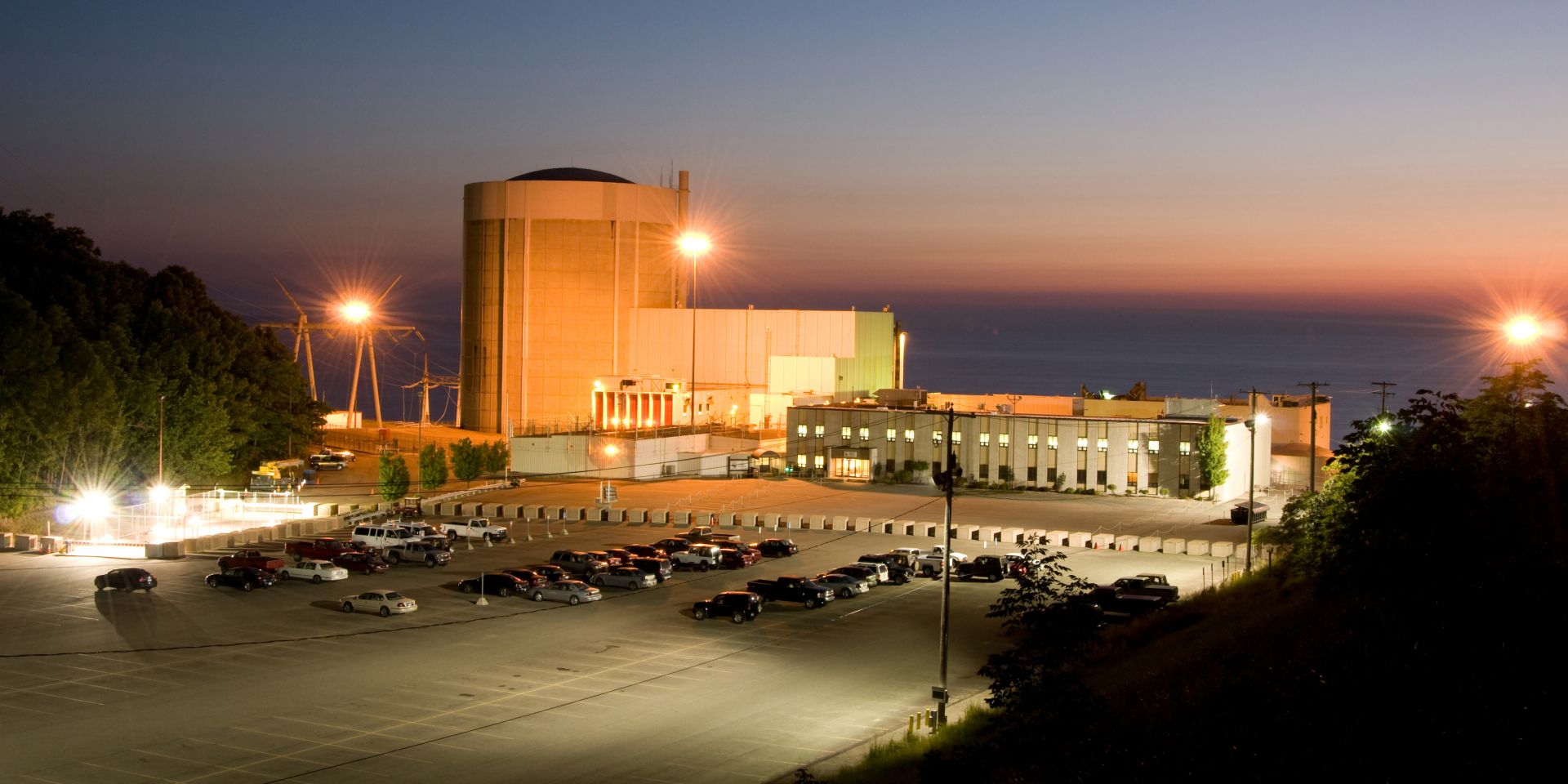

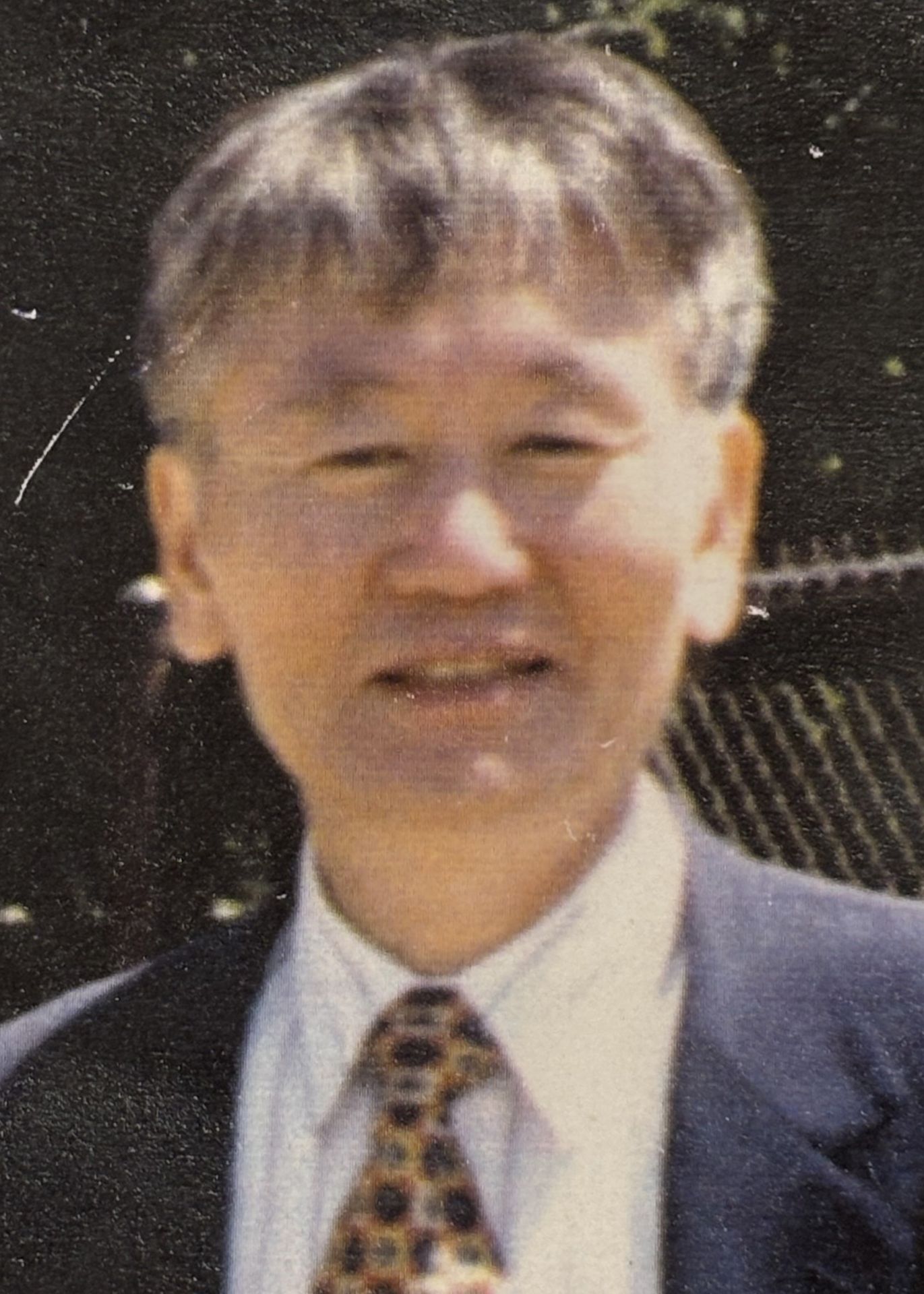
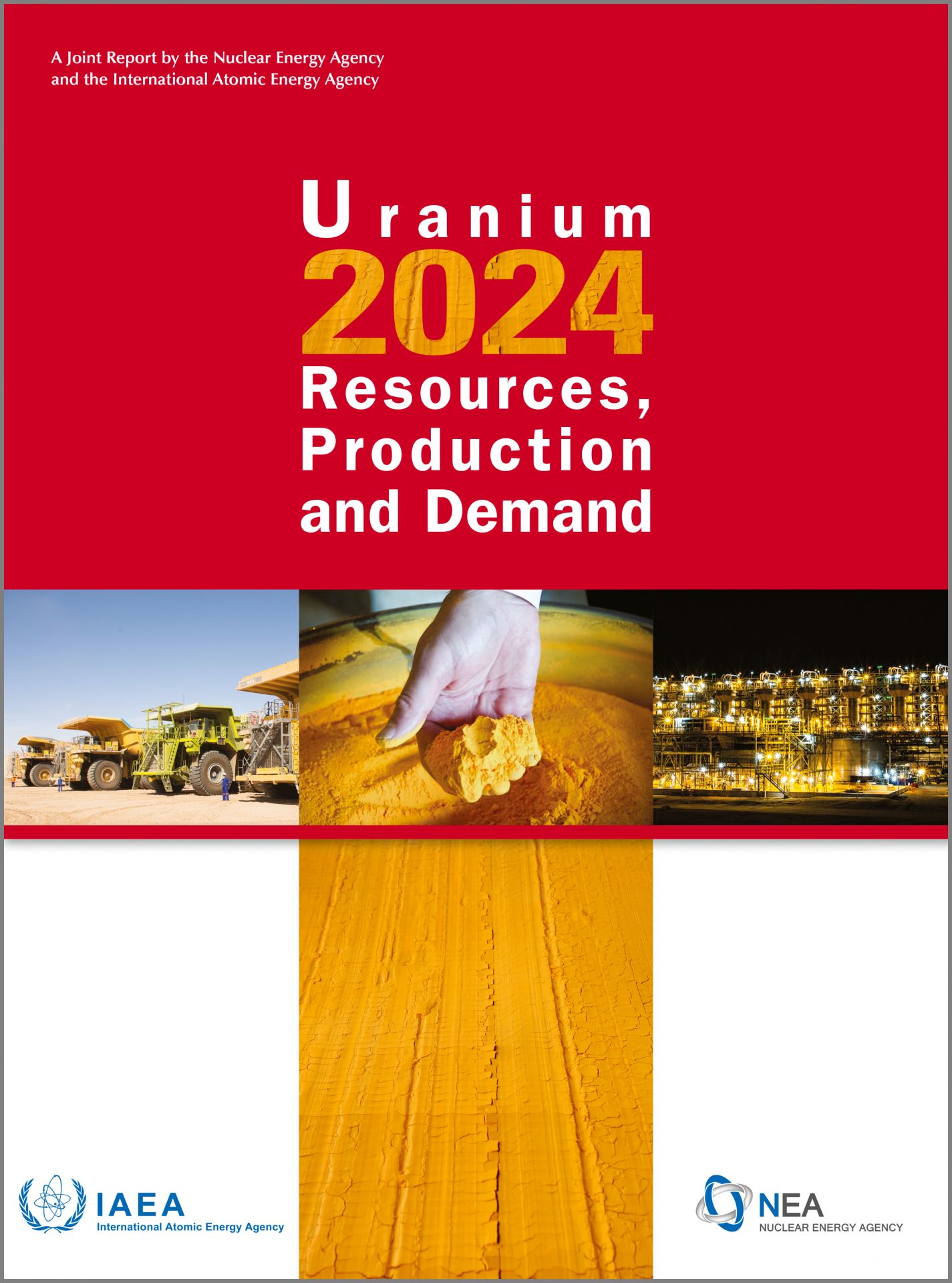 The latest edition of
The latest edition of 
.svg.png)
